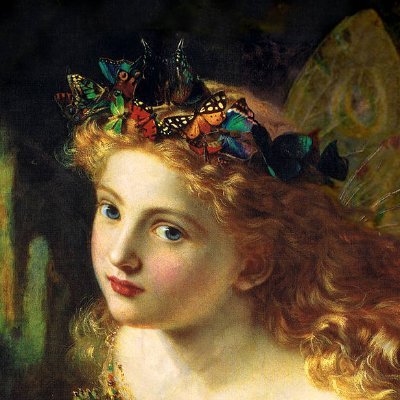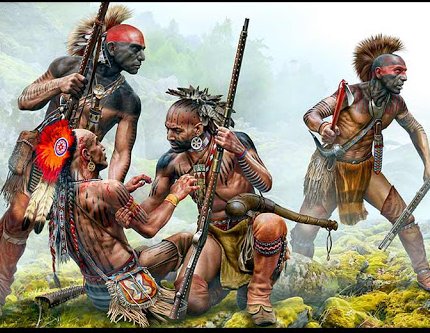The corset was first associated with the aristocracy but was adopted by bourgeois women by the 18th century. Women of lower classes often made their own corsets from less-expensive cloth, using reeds for support and reinforcement.
Throughout human history, people in all cultures have demonstrated an urge to "dress" or "fashion" their bodies in ways that respond to particular sociocultural ideals of beauty, eroticism, status, conformity, and other powerful forces
By the 1930's, slightly more fitted silhouettes emerged. Women still wanted to have slim hips, but now desired a more prominent waistline.
In this era, the ideal shape of a women changed, therefore it was necessary for corsets to be majorly redesigned. The fashionable silhouette had changed.
Beginning in the mid-1820s, women's fashion returned to the full skirts of the prior century. In a repudiation of the Empire silhouette, the waist became the central focus of female dress.
By the 1790s, the new fashion for high-waisted dresses led some women to adopt shorter stays, resembling proto-brassieres. The corset became less constricting with the advent of the high-waisted empire style (around 1796) which de-emphasized the natural waist.
Postcards produced by Hildebrands (a leading German chocolate company of the time) in the 1900s about how life would be in 2000.
Hamlet and the Gravediggers, by French painter Pascal Dagnan-Bouveret (1883). Dahesh Museum of Art.
Hibiscus and Parrots by Louis Comfort Tiffany, 1910-20. The MET.



























